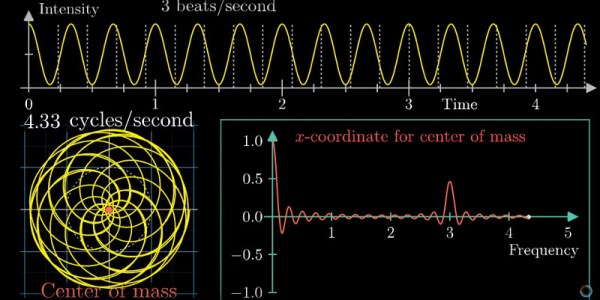The Fourier transform underpins so much of our technological lives, in most cases probably without our realising it. The ability to mathematically split a waveform into its frequency components and vice versa underpins much of the field of digital signal processing, and DSP has become an essential part of many electronic devices we take for granted.
But while most of us will know what a Fourier transform is, fewer of us will know anything of how one works. They are a function called from a library rather than performed in themselves. Even when they are taught in schools or university courses they remain something that not all students “get”, and woe betide you if (as your scribe did) you have a sub-par maths lecturer.
The video below the break then is very much worth a look if Fourier transforms are a bit of a mystery to you. In it [Grant Sanderson] explains them through a series of simple graphical examples in a style that perhaps may chalk-and-talk mathematics teachers should emulate. You may still only use Foruier transforms through a library, but after watching this video perhaps some of their mysteries will be revealed.
Continue reading “All The Stuff You Wished You Knew About Fourier Transforms But Were Afraid To Ask”











